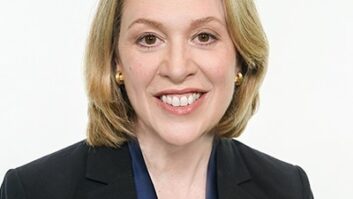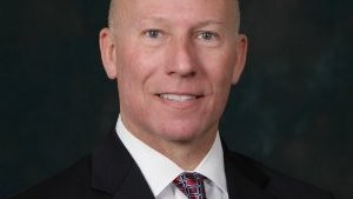FORT WORTH, TEXAS – Even RadioShack’s biggest boosters grew wary last month when the chain reported its seventh consecutive quarterly loss.
The red ink swelled to $112 million for the three months, ended Sept. 30, compared with a year-ago loss of $47 million, and RadioShack’s share price sank 18 percent at the close of trading that day, its biggest one-day dip in more than a year.
The results, wrote BB&T Capital Markets analyst Anthony Chukumba in a research note, did not provide much reason for optimism.
CEO Joe Magnacca, who has been widely lauded by the investment community for his work at Walgreens and his turnaround initiatives at RadioShack (see TWICE, Oct. 21), attributed the downturn to an aggressive re-assortment, in which SKU counts were slashed 22 percent, from 4,500 to 3,500 items. The effort was designed to rid shelves of slow-moving and duplicative products In their stead, RadioShack will focus on such key sectors as mobile, audio, tablets, digital fitness, remote-controlled toys and its private-label lines, which will feature enhanced packaging and innovation, he noted.
But the SKU reductions came at a price: $47 million in markdown and liquidation costs, and reduced revenues as customers temporarily traded down to lower-priced items. Indeed, net sales fell 11.6 percent to $805 million for the quarter, and comp-store sales slipped 8.4 percent, reflecting declines across all major product categories save for prepaid mobile phones, portable speakers, Apple Lightning-compatible cables and adapters.
Specifically, mobility sales were down 11.6 percent and mobility comps declined 9.7 percent due to lower postpaid wireless sales, said interim chief financial officer Holly Felder. CE saw the largest sales decrease, with sales down 17 percent and comps declining nearly 16 percent.
The retailer’s good news – commitments from GE Capital and other lenders for $835 million in debt financing over the next five years – was met with skepticism by some observers. Analysts argued that the new financing, which Felder said leaves about $175 million in incremental liquidity after refinancing existing debt, will be enough to fund turnaround plans.
Besides the product re-assortment, the initiatives include a fresh marketing campaign to attract a new generation of customers; improved operational efficiency; and a multi-tiered store-remodeling program.













